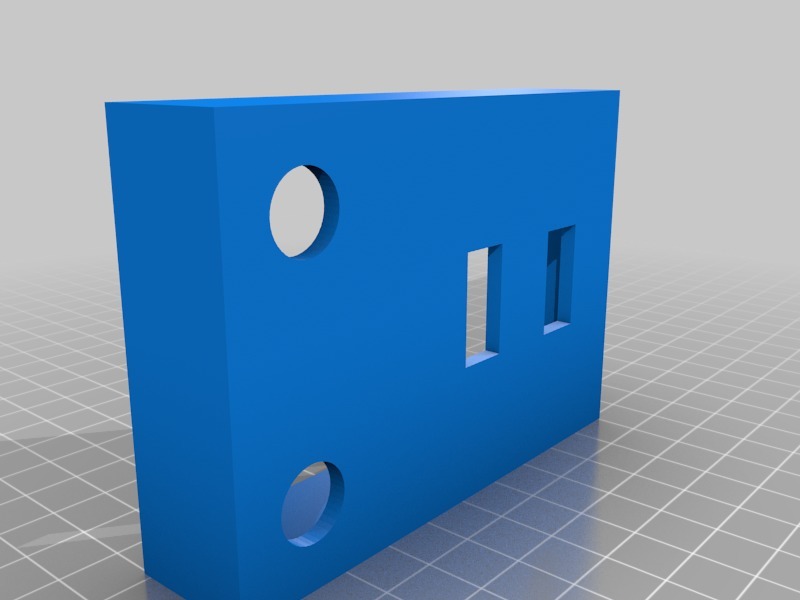
ESP8266-01 programmer case
thingiverse
Creating a Programming Case for ESP8266-01 Modules Requires Attention to Detail When developing a programming case for ESP8266-01 modules, it's crucial to consider the module's unique features and design requirements. The first step is to decide on the type of case you want to create - a simple enclosure or a more complex device with built-in functionality. To begin designing your programming case, start by studying the dimensions and layout of the ESP8266-01 module. Take note of its pins, which must be easily accessible for programming purposes. A well-designed case should also provide adequate space for connecting wires and cables. Next, consider the materials you'll use to build the case. Plastic or metal are popular choices due to their durability and ease of fabrication. Make sure the materials you select can withstand the stresses and strains of repeated use. In addition to physical considerations, think about the programming process itself. What type of programmer will be used? Will it be a USB-based or serial-port based system? The answers to these questions will help determine the case's design requirements. Once you've gathered all the necessary information, create detailed diagrams and plans for your programming case. This will ensure that every aspect of the project is carefully thought out and executed correctly. With careful planning and execution, you can create a reliable and efficient programming case for ESP8266-01 modules.
With this file you will be able to print ESP8266-01 programmer case with your 3D printer. Click on the button and save the file on your computer to work, edit or customize your design. You can also find more 3D designs for printers on ESP8266-01 programmer case .
